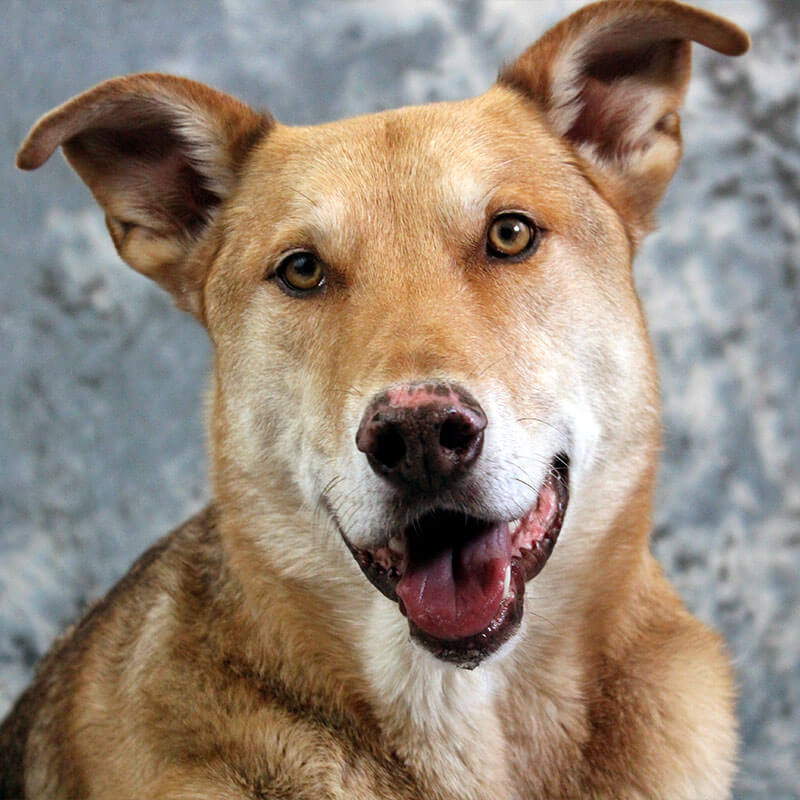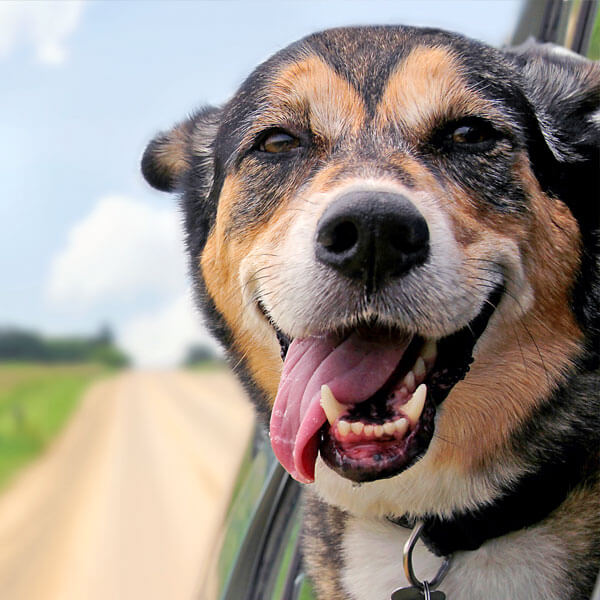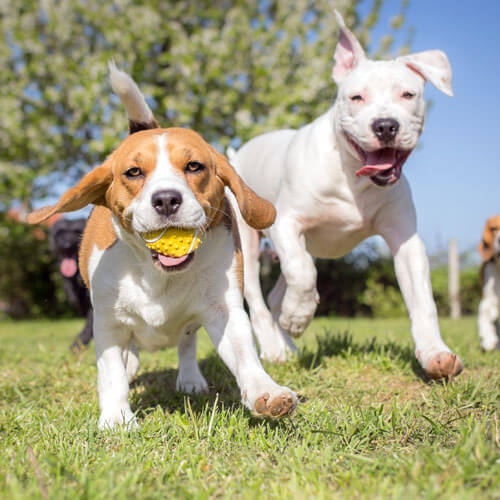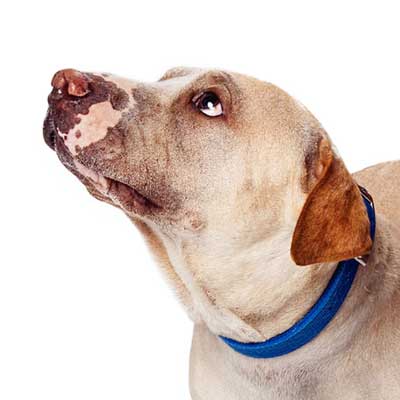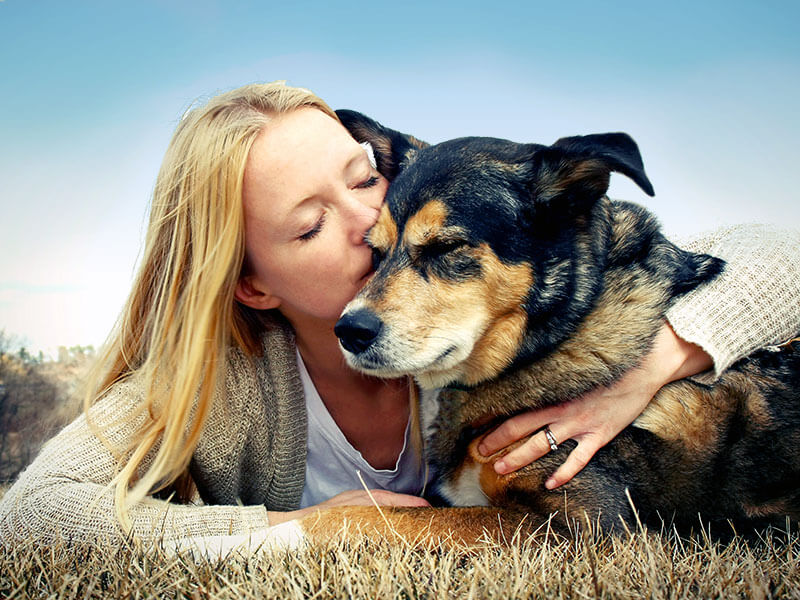
What’s The Difference?
Rescue Dogs Are Full of Love!
Most new dog owners have some idea of how they want their new dog to behave. They want their dog to be well mannered; their new rescue dog should know how to walk well on a leash, come when called, get along well with other dogs, not jump, chew and most certainly be housebroken. But keep in mind your dog may not have been taught some or any of these commands and behaviors. Even if he knows some of them your new dog is now in a new situation – new smells, sounds, people, etc. In short, your new dog may be overwhelmed, and it’s your job to help him settle into his new home.
We as dog owners have the responsibility to train our dogs to understand right from wrong, what do sit, down and come actually mean to a dog? Nothing unless they have been properly trained these commands. All dogs have a different personality, just like people. There is no one training technique that is perfect for all dogs. We recommend what you find out what motivates your new dog; what kind of treats, toys, and activities does he like that you can use to reward him.
Most of the common mistakes well-meaning adopters make when bringing home their new dogs have to do with a lack of boundaries and structure. Unfortunately, as many as 20% of newly adopted dogs are returned to shelters within a few weeks. Sometimes a dog and owner are not a good match but most of the time the owners don’t have a clear training plan in place and don’t know how to communicate to a new dog their goals and expectations. It takes a few months for you and your new dog to get to know one another. Getting started on the right paw is important!
At Canine Path we have a great deal of experience training and integrating rescue dogs in a new home. Give us a call today!
Listed below are a few things to keep in mind when adopting a new rescue dog or puppy:
- Many owners believe that a dog coming from the confines of the shelter or rescue environment needs freedom and free reign to “get to know” his new home. We find this can lead to chaos, housebreaking accidents, chewed up shoes and more. It’s important to set boundaries for your new dog and properly enforce them. Using a crate, a baby gate, etc. will help your dog understand where he is allowed to go and not go. Start with small areas and supervise! (Eyes directly on your dog, not watching TV, on the phone, etc.).
- Set a regular exercise routine. A tired dog is a happy dog! Exercise and mental stimulation encourage relaxation, and a relaxed dog is a dog that’s easier to manage indoors. If you have a high-energy dog (border collie, terrier, etc.) it’s important to set up activities and exercises to meet his high exercise requirements.
- New owners often assume a dog from the shelter likely had a neglectful, abusive life and as a result shower their new dog with endless amounts of love and affection. As a result, this can lead to a dog that becomes very demanding and is constantly vying for attention and invading your personal space. At Canine Path we want you to love, pet and show your dog affection. At the same time overdoing it can cause a dog to misbehave or increase a dog’s anxiety levels. Show your love for your new dog by training him as soon as you bring him home. Have your dog earn his affection and petting. Additionally, teach him to learn how to be comfortable by being left alone in a safe place (crate or another secure area) so he learns how to be by himself. Start by leaving him alone in a room or crate for a few minutes at a time. The goal is to build up a dog’s confidence in a positive manner.
- Keep your new dog’s world ‘small’. Introduce your new dog to new people outside the home and houseguests after you’ve had your dog for a few weeks. Teach your dog to trust you. All greetings should be done with your new dog on a leash. If your dog seems nervous or nips at strangers – call a trainer immediately. We are happy to help.

